
PUMPA - SMART LEARNING
எங்கள் ஆசிரியர்களுடன் 1-ஆன்-1 ஆலோசனை நேரத்தைப் பெறுங்கள். டாப்பர் ஆவதற்கு நாங்கள் பயிற்சி அளிப்போம்
Book Free DemoThe process of supplying water in controlled amounts and regular intervals to the crops is called irrigation.
The supply of waters is through canals, reservoirs, wells, tube wells etc. Agricultural practices are rain-dependent, and the growth of crops depends on timely monsoons and sufficient rainfall during the growing season.
Thus, poor monsoons cause crop failure. Ensuring that water will be supplied to crops at the right stages, and required amounts, the expected yields of crop can be increased.
Irrigation methods are adopted, especially in areas of low rainfall, to ensure the proper growth of crops. Farmers depend on various natural water resources like wells, canals, rivers and tanks.
Wells:
Wells are constructed when groundwater is present for irrigation. Two types of wells are used:
- Dug wells - Wells are dug in the ground to extract water from the ground.
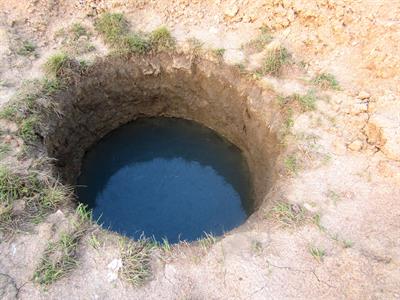
Dug wells
- Tube wells - Water is obtained or extracted from the underground water. From the wells, water is lifted using pumps for irrigation.
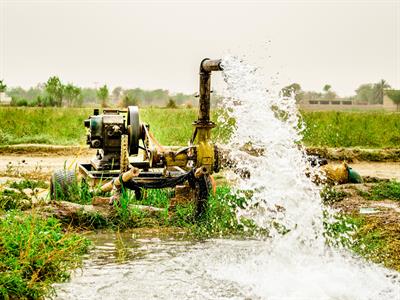
Tube wells
Canals
Canals are elaborate and extensive methods that receive water from reservoirs like dams or rivers. The main canal is divided into branch canals which spreads to irrigate the fields.
River lift systems
They are used where canals are insufficient or irregular due to inadequate reservoir release. It is used to draw water directly from the rivers for irrigational purposes.
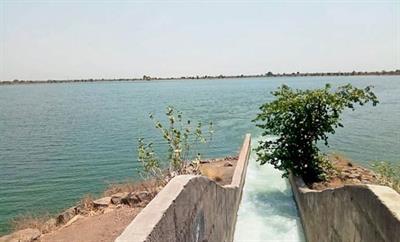
Riverlift system
Tanks
Small storage reservoirs that stores and supplies water in small fields. These are initiatives for increasing the water available for agriculture. It includes rainwater harvesting and watershed management.
Rainwater harvesting involves the collection of rainwater by digging tunnels in the ground. The water percolates and increase the groundwater levels, and maintains water table.
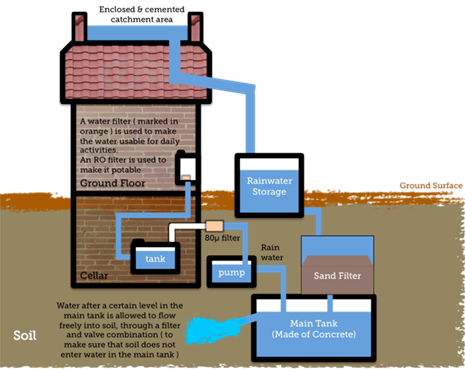
Rainwater harvesting
In watershed management, small check-dams are built to increase the groundwater levels. The check-damsstop the rainwater from flowing away and thus reduce soil erosion.
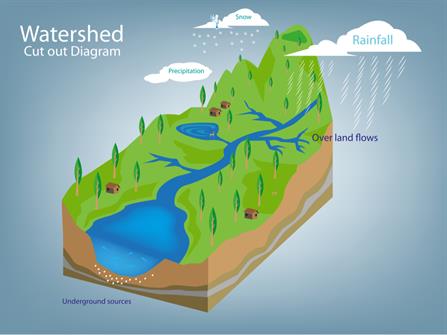
Watershed
Droughts
Condition that occurs due to scarcity or low rainfall causes droughts. It poses a serious threat to the farmers who do not use irrigation for crops and depend only on rain. Thus, poor monsoons cause crop failure. Areas with light soils tend to face drought-like conditions as soils do not retain water. Scientists have thus developed crop varieties that can tolerate the conditions of drought (drought-resistant crops).
Reference:
https://commons.wikimedia.org/wiki/File:Punasa-Lift-Irrigation-Scheme-BR-2-Kenud-Pond-0.jpg
https://commons.wikimedia.org/wiki/File:Simple_Diagram_to_show_Rainwater_Harvesting.png